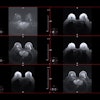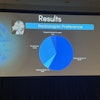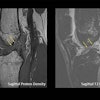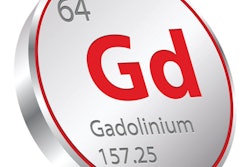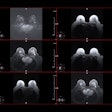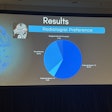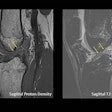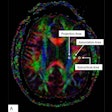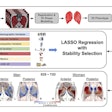Dear AuntMinnie Member,
We end the week on a promising note: U.S. researchers have confirmed a sustained reduction in cancer deaths from CT lung screening after performing a secondary analysis of the National Lung Screening Trial. Our top story for the past week highlights the follow-up study findings, which show that CT lung screening did prevent -- or at least delay -- lung cancer deaths for more than a decade. Visit our CT Community for details and additional stories.
Another of our top stories this week shines a spotlight on the radiology profession. Positions in radiology continue to be among the most sought-after jobs, according to a new report published this week by physician search and recruiting firm Merritt Hawkins. Radiology ranks No. 6 in the top 10 most requested job searches by specialty. The groundwork certainly is worth the effect. The study pegs the average salary at $387,000, which represents an increase of 4.3%, compared with 2018's average salary of $371,000.
Interestingly, radiology also reached the top five list of most requested specialties by U.S. region in 2019. Average salaries ranged from $300,000 in the West to $425,000 in the Southeast. If those triple-digit salaries are not incentive enough, the average signing bonus for radiology is $27,045.
While the dollars are impressive, radiology also appears to be in an era of consolidation -- a trend that is evident in hospital systems as well as physician groups. But there are ways for radiology practices to remain independent, and Rebecca Farrington of Healthcare Administrative Partners shared tips for doing just that with AuntMinnie.com.
Is there a gender bias in radiology? A new study shows that female radiologists interpret fewer advanced imaging studies than their male counterparts, which could discourage women from a career in radiology and negatively affect their compensation, promotion, and advancement opportunities.
Find these stories and more in our Imaging Leaders Community.
MRI and implanted devices
Clinicians are naturally cautious before performing an MRI scan on patients with implanted cardiac rhythm management devices, given the potentially adverse interactions between the scanner and the device itself. So, how low can one go with MRI magnet strength to ensure the safety of these patients? The answer is available in this study from Vienna.
In other MRI news, Swiss and German researchers have devised an effective diagnostic cardiac MRI workup strategy that has quadrupled the rate of myocarditis detection in patients with myocardial infarction and nonobstructive coronary artery disease. How did they do it? Those details and more stories from this past week are available in our MRI Community.
AI to the rescue
Finally, we have two reports on the benefits of artificial intelligence (AI) and augmented reality (AR). Researchers from New York have developed a new image-guidance technique that uses AR to facilitate interventional procedures and could help improve the ease and accuracy of catheter placement into the heart. In addition, researchers from Michigan have developed a new technique for real-time pain assessment on virtual 3D brain models using a combination of AI algorithms and AR technology. The latest on these technologies is available in our Advanced Visualization Community.
